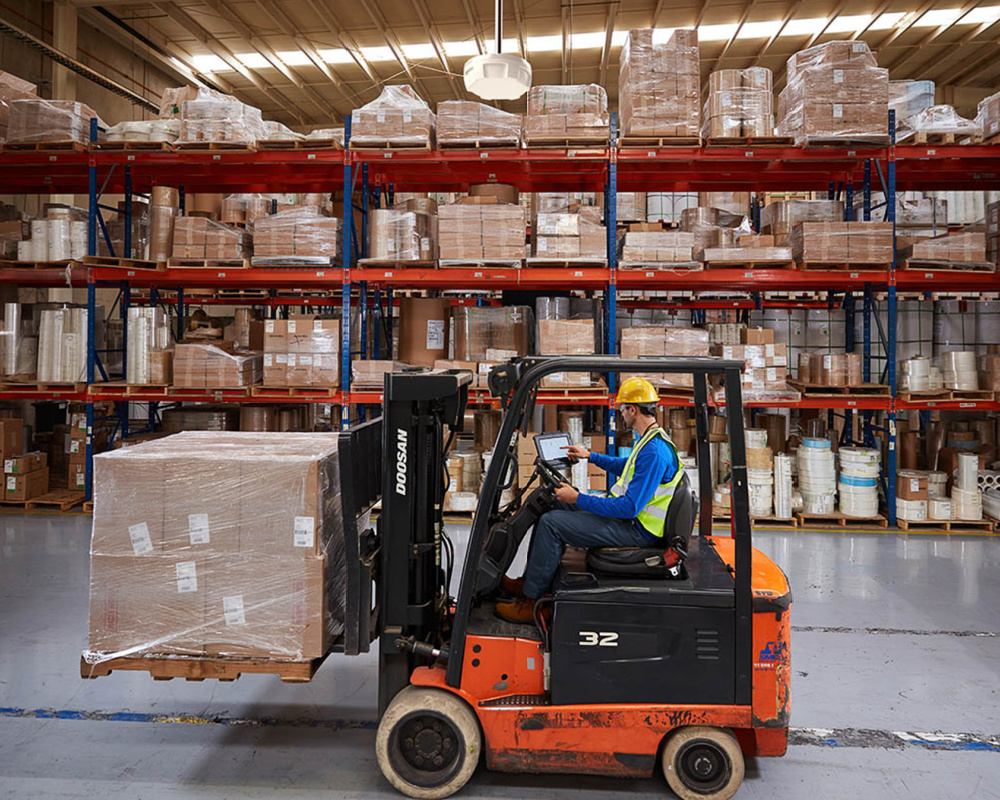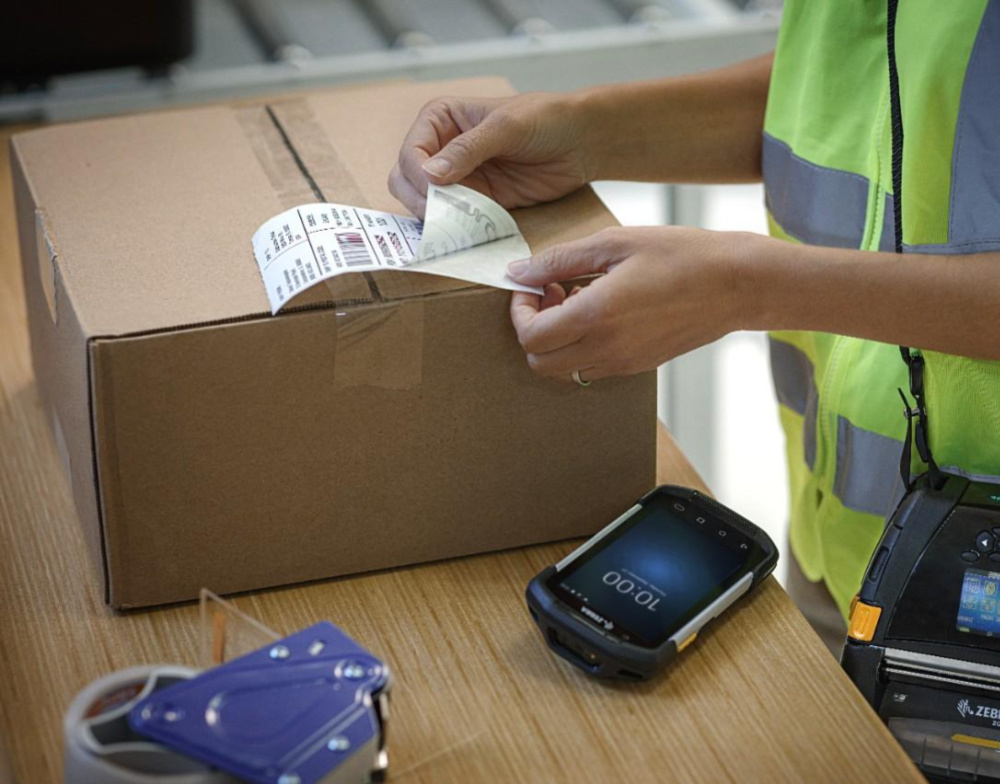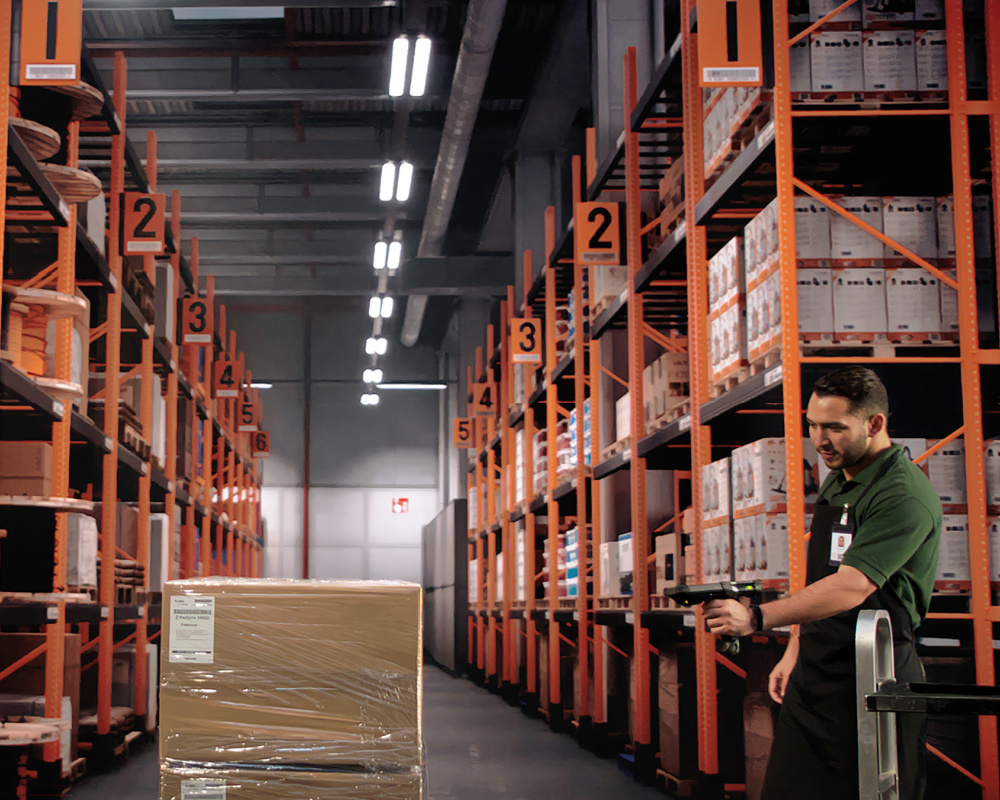
In an increasingly interconnected and unpredictable world, the need for a resilient supply chain has never been more apparent. Disruptions such as natural disasters, geopolitical tensions, and global pandemics can have far-reaching impacts on businesses, highlighting the importance of building resilience into supply chain management strategies. To navigate these challenges and ensure continuity of operations, businesses must adopt proactive measures to create a resilient supply chain. Here are seven strategies to consider:
1. Diversify Suppliers and Sourcing Locations
Relying on a single supplier or sourcing location can leave businesses vulnerable to disruptions. By diversifying their supplier base and sourcing from multiple locations, businesses can mitigate the risk of supply chain disruptions caused by factors such as geopolitical instability, natural disasters, or trade disputes. This strategy spreads risk across different regions and reduces dependency on any single source, ensuring continuity of supply even in the face of unforeseen events.
2. Implement Inventory Optimization
Maintaining excessive inventory levels can tie up capital and increase carrying costs, while insufficient inventory can lead to stockouts and production delays. Implementing inventory optimization strategies, such as just-in-time inventory management and demand forecasting, can help businesses strike the right balance. By accurately forecasting demand and aligning inventory levels with production requirements, businesses can minimize stockouts and reduce excess inventory, improving overall supply chain resilience.
3. Enhance Visibility and Transparency
Visibility and transparency are fundamental principles of a resilient supply chain. Businesses should strive to enhance visibility into their supply chains, from raw material sourcing to final product delivery. This involves leveraging technology to track and trace products in real-time, monitor inventory levels, and share information with key stakeholders across the supply chain. By improving visibility and transparency, businesses can better anticipate disruptions, collaborate more effectively with partners, and make data-driven decisions that enhance resilience and competitiveness.
4. Invest in Technology, Data Analytics and Automation
Technology plays a crucial role in creating a resilient supply chain by providing real-time visibility, predictive analytics, and automation capabilities. Investing in technologies such as supply chain management systems, Internet of Things (IoT) sensors, and predictive analytics software enables businesses to monitor their supply chains in real-time, identify potential disruptions early, and proactively take corrective actions. Data-driven insights empower businesses to optimize inventory levels, streamline workflows, and make informed decisions that enhance resilience and agility.
5. Foster Collaborative Relationships with Suppliers
Effective collaboration and communication are essential for building a resilient supply chain. Businesses should establish strong relationships with suppliers, customers, and other stakeholders, fostering open communication channels and sharing information proactively. By collaborating closely with supply chain partners, businesses can gain insights into potential risks and opportunities, enabling them to respond quickly and effectively to disruptions.
6. Build Flexibility into Operations
Flexibility is a hallmark of a resilient supply chain. Businesses should design their operations with built-in flexibility to adapt to changing market conditions, demand fluctuations, and supply chain disruptions. This may involve implementing agile manufacturing processes, adopting modular and scalable supply chain architectures, and maintaining buffer stocks of critical materials or components. By building flexibility into their operations, businesses can respond quickly to disruptions and maintain continuity of supply without sacrificing efficiency or profitability.
7. Develop Robust Risk Management Strategies
Effective risk management is essential for creating a resilient supply chain. Businesses should conduct comprehensive risk assessments to identify potential threats and vulnerabilities across their supply chains. This includes assessing risks related to suppliers, logistics, transportation, geopolitical factors, regulatory compliance, and cybersecurity. Once risks are identified, businesses can develop robust risk mitigation strategies, contingency plans, and crisis management protocols to minimize the impact of disruptions and ensure business continuity.
Ready to Build a Resilient Supply Chain for your Business?

Explore Supply Chain Management Solutions
Supply Chain Management is a critical discipline that encompasses the planning, coordination, and optimization of processes involved in the production, distribution, and delivery of goods and services. A strong supply chain creates a seamless and efficient flow of materials, information, and finances across the entire supply chain, from the initial stages of procurement to the final delivery to end users.
We’re Here to Help
Contact us to Start the Modernization Process
Looking for more information about a specific technology solution? Feel free to ask us about pricing, data sheets, and demos, or schedule a free in-person/online consultation for strategic guidance from one of our experts.
Fill out the inquiry form or contact us to start the process.
Strategies for Creating a Resilient Supply Chain Strategies for Creating a Resilient Supply Chain Strategies for Creating a Resilient Supply Chain









